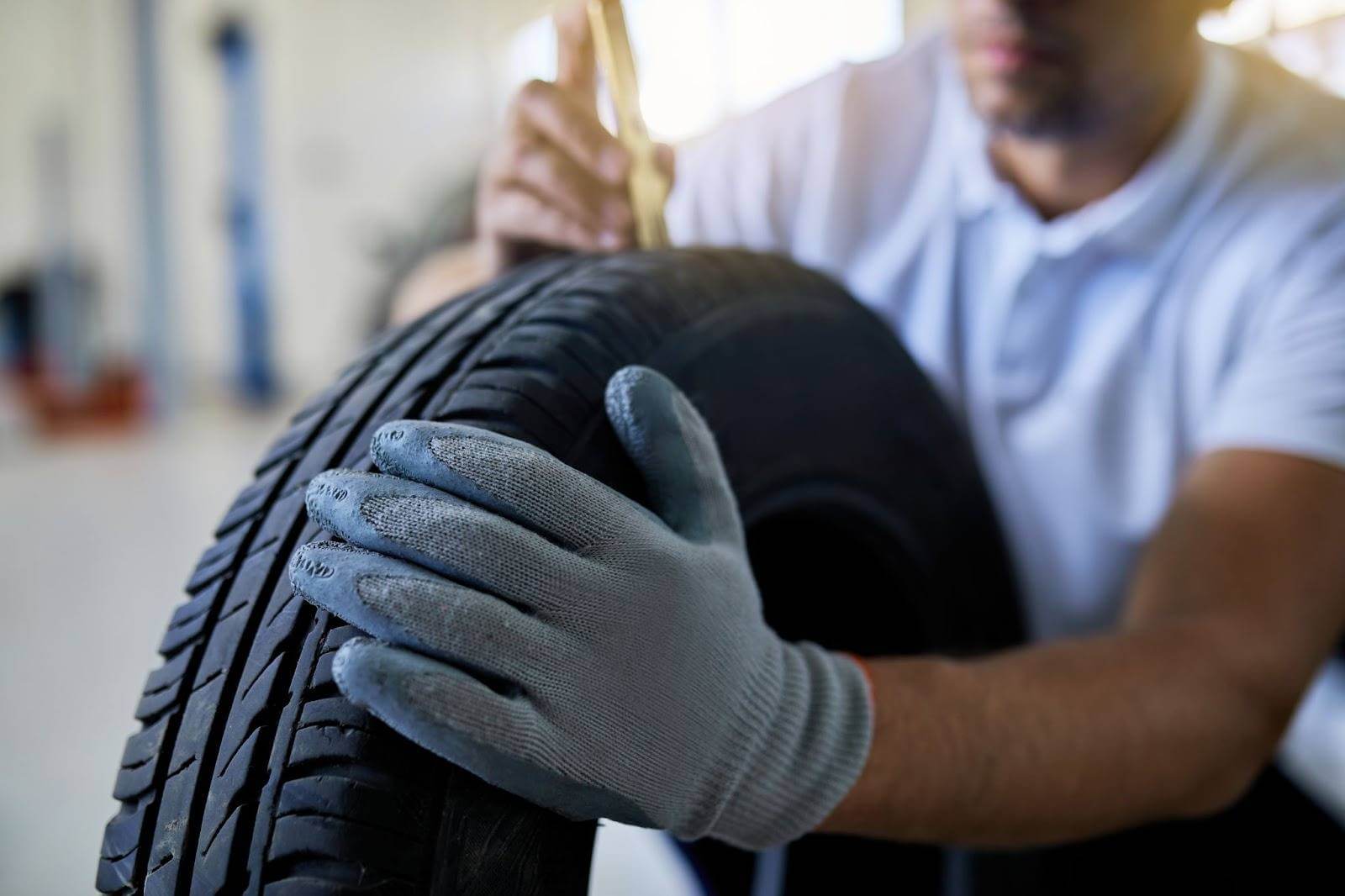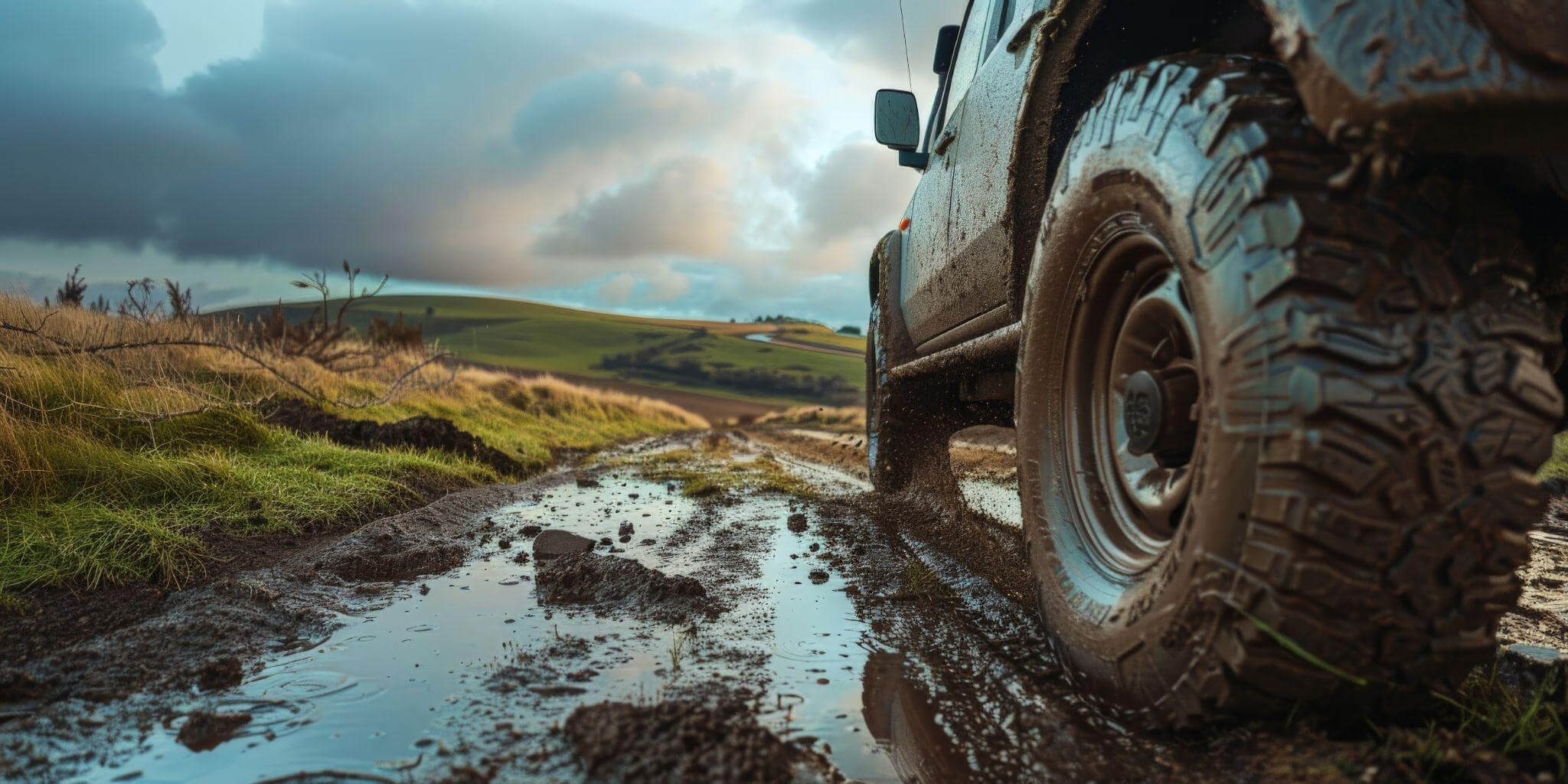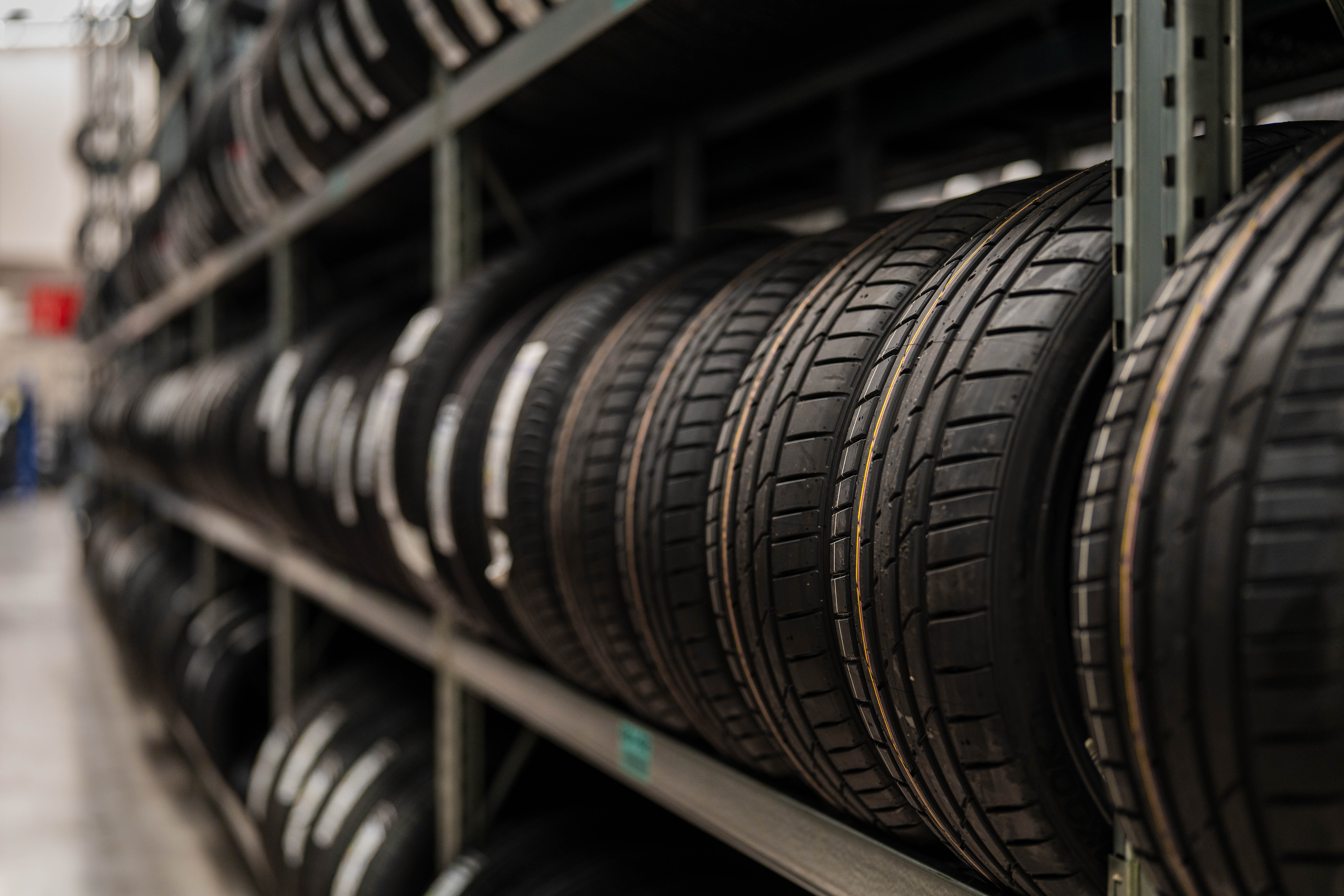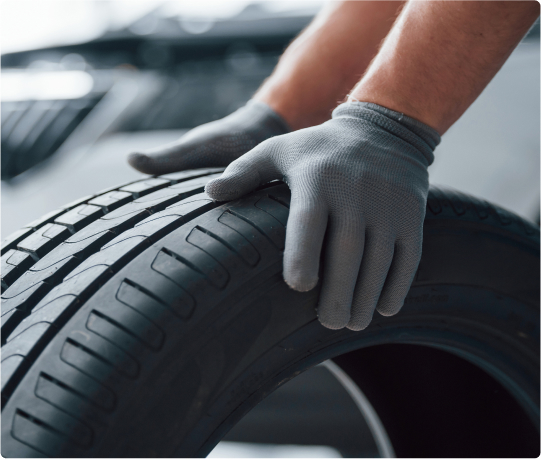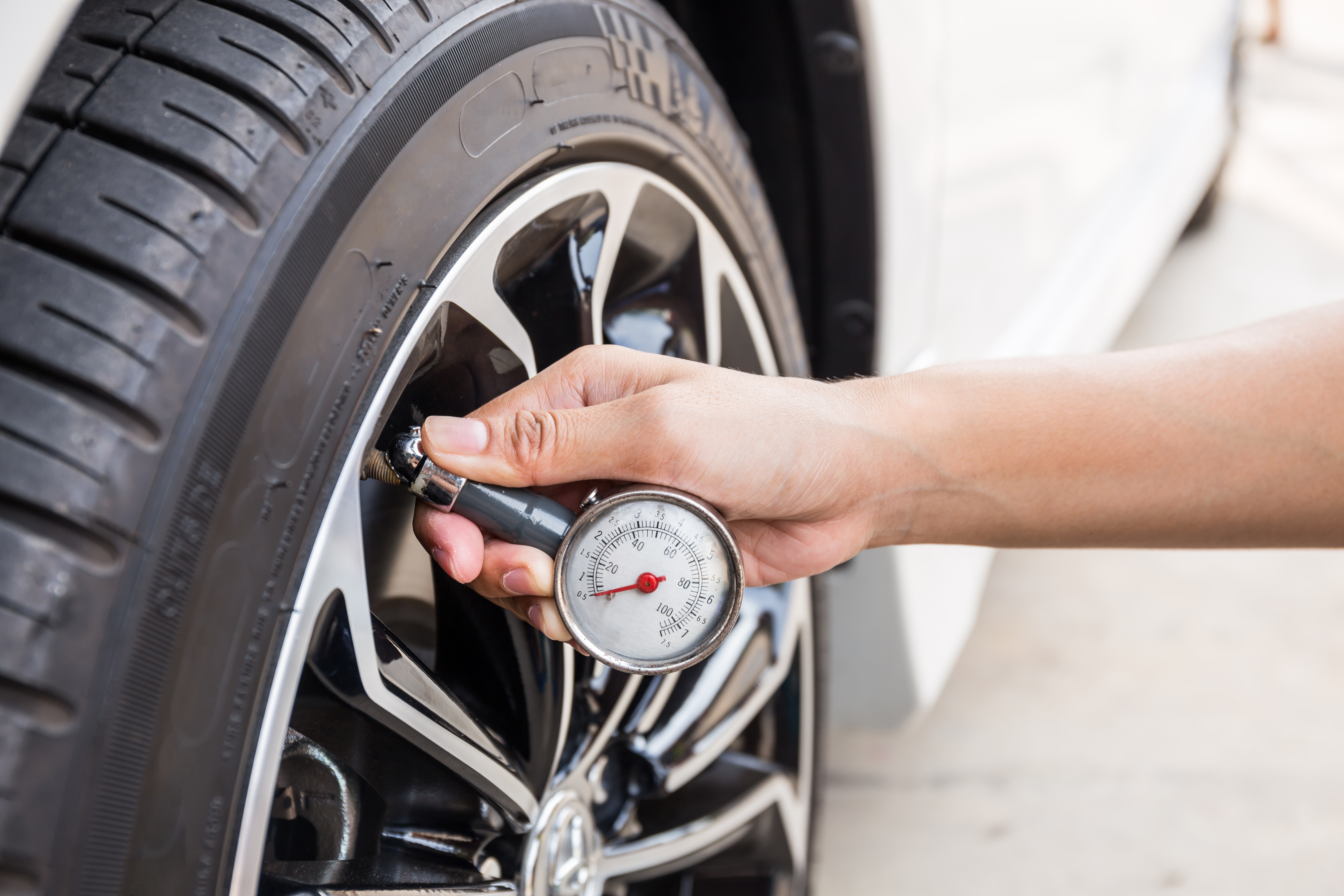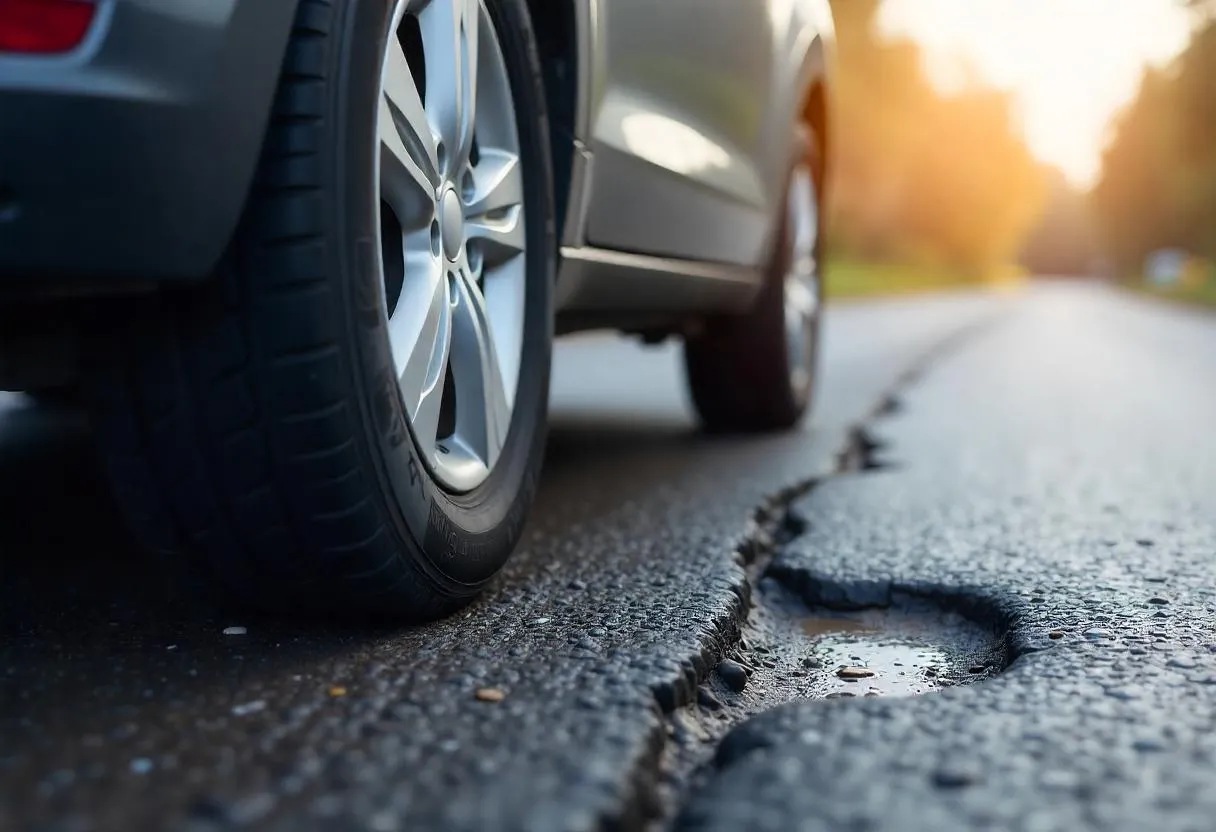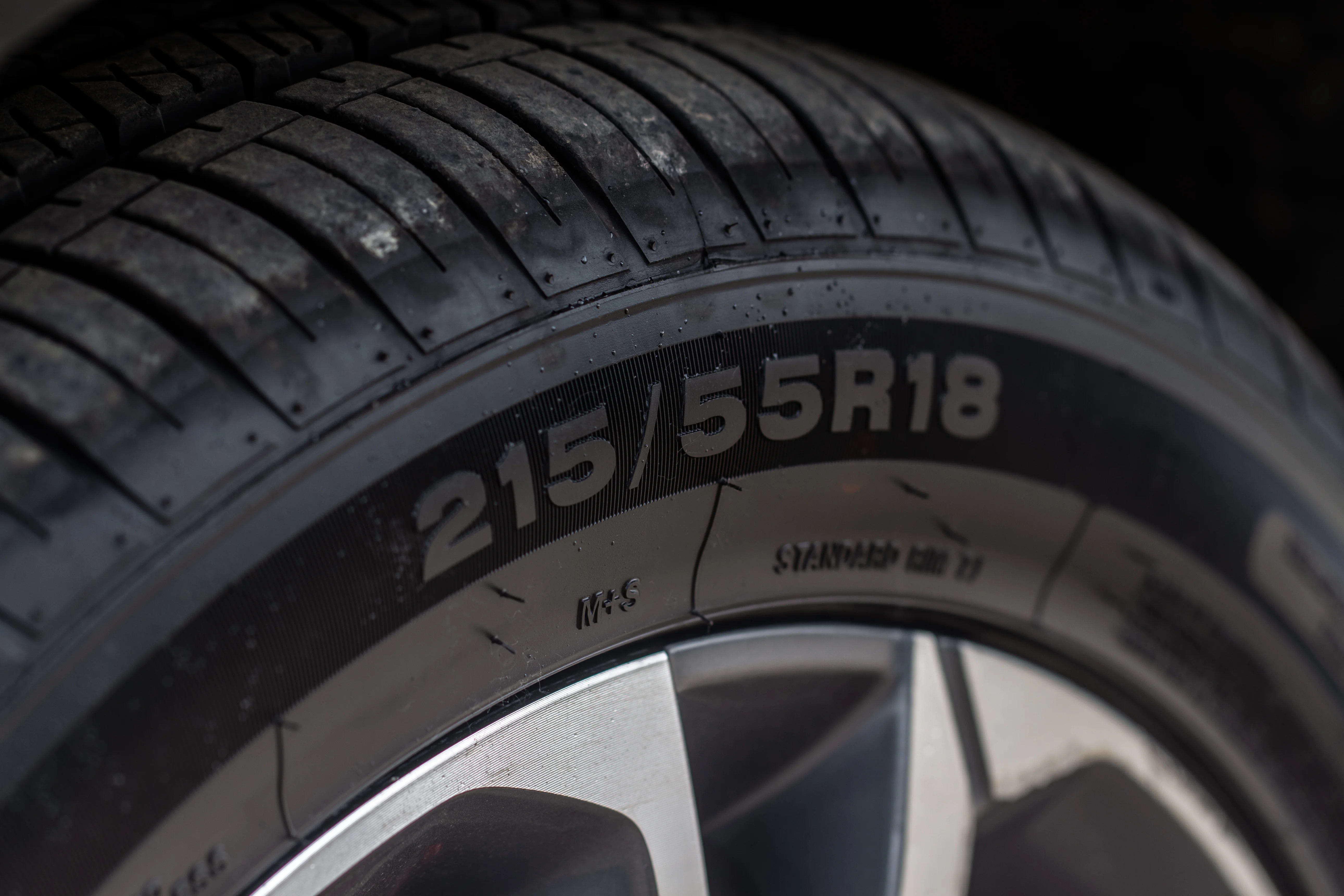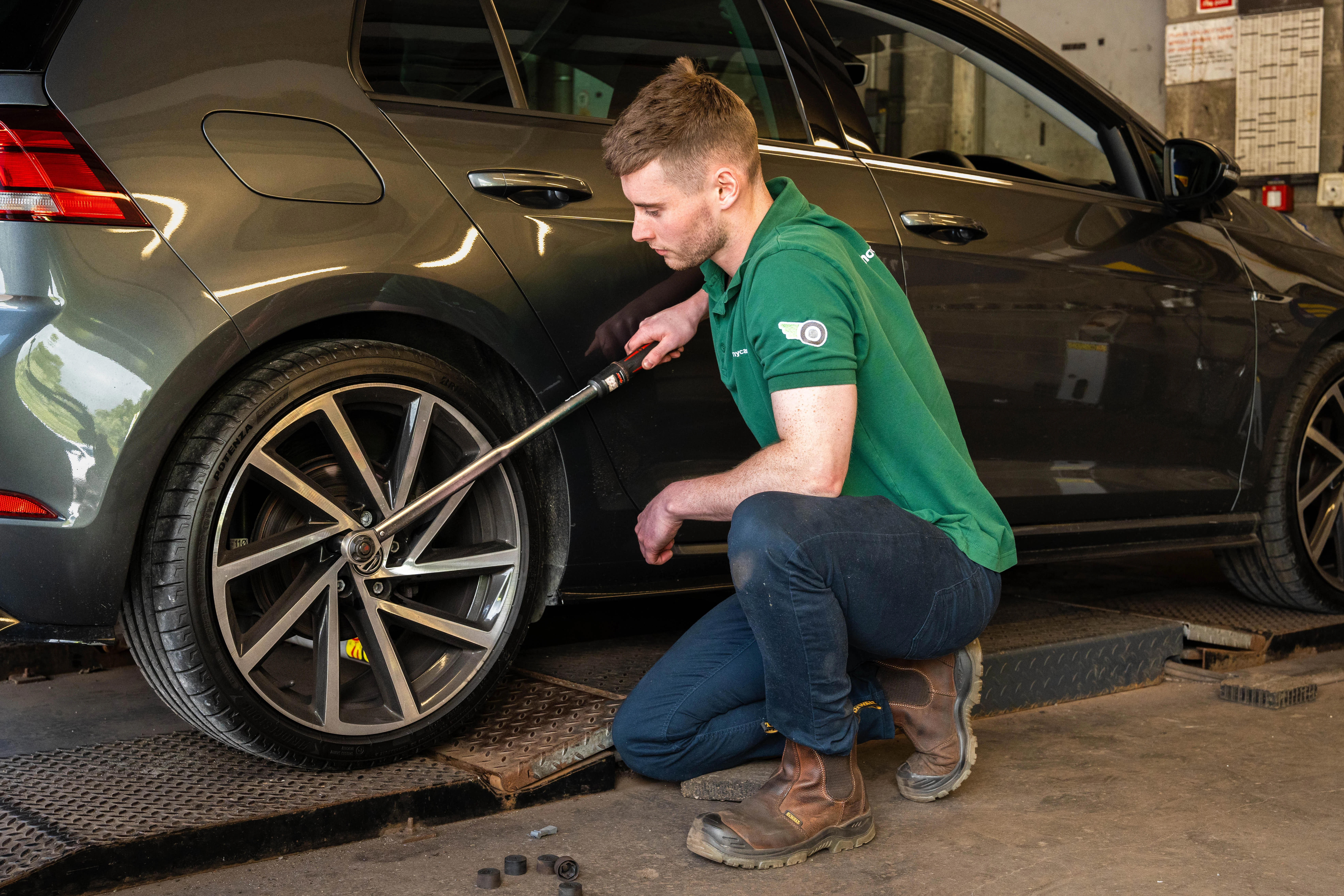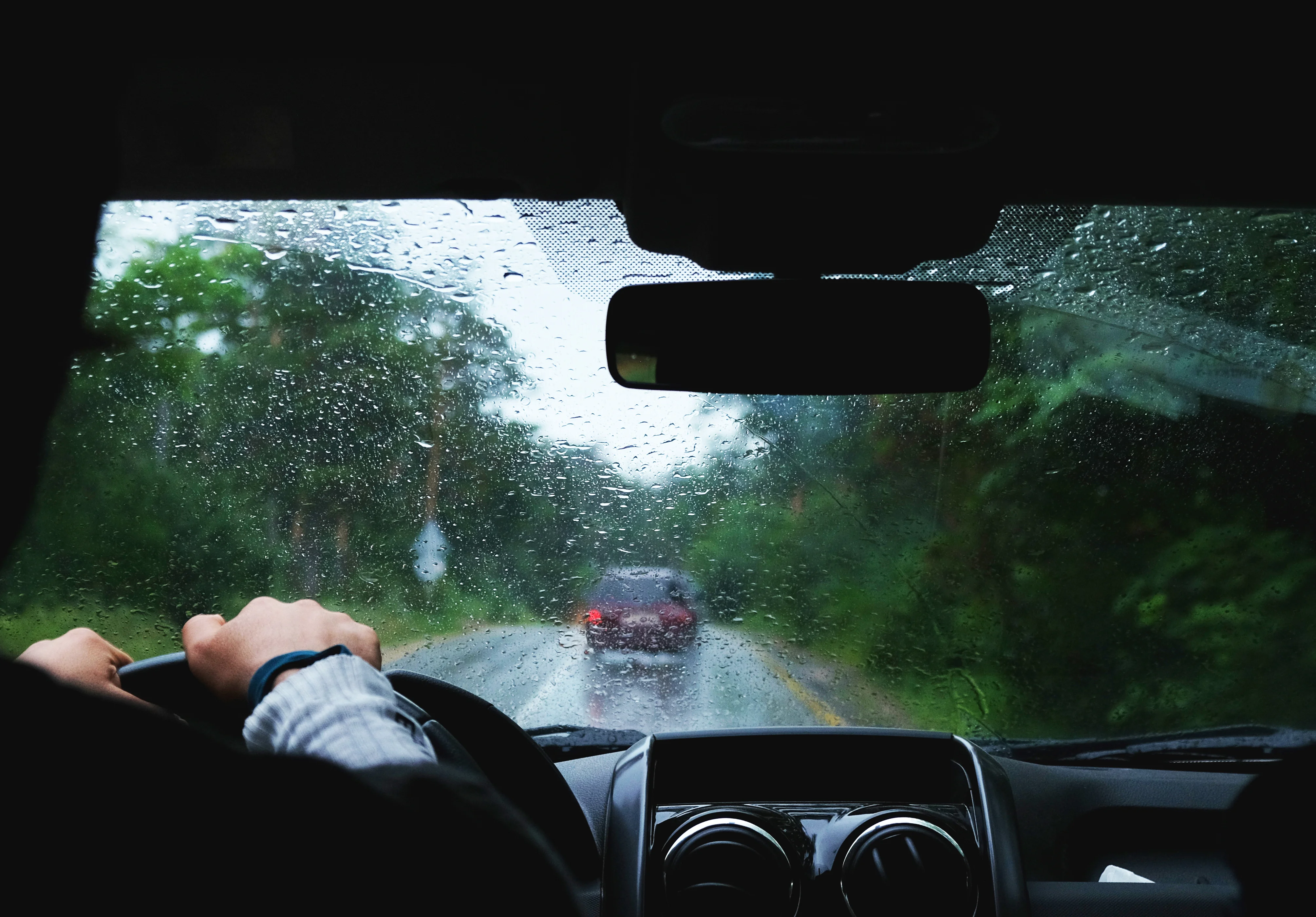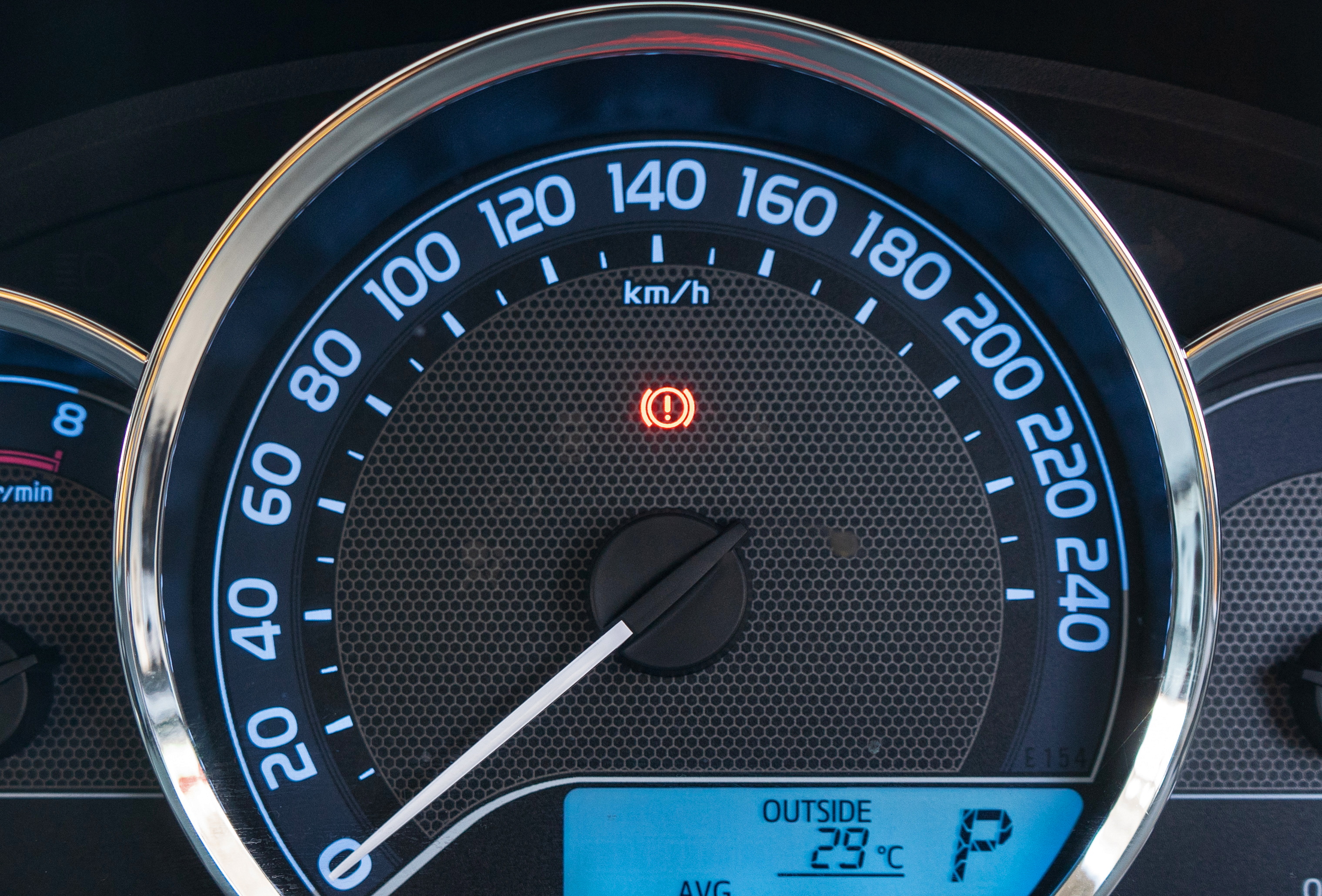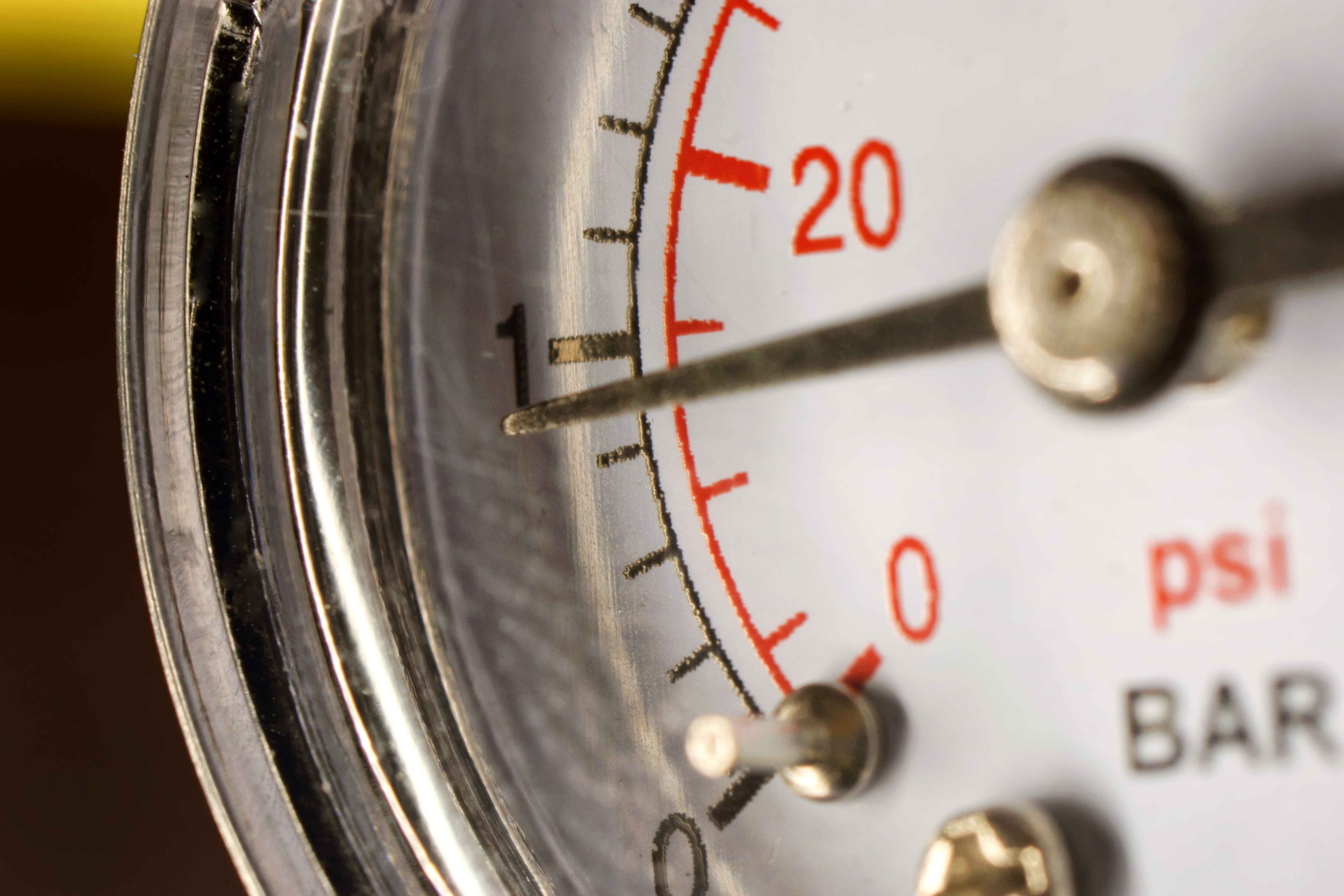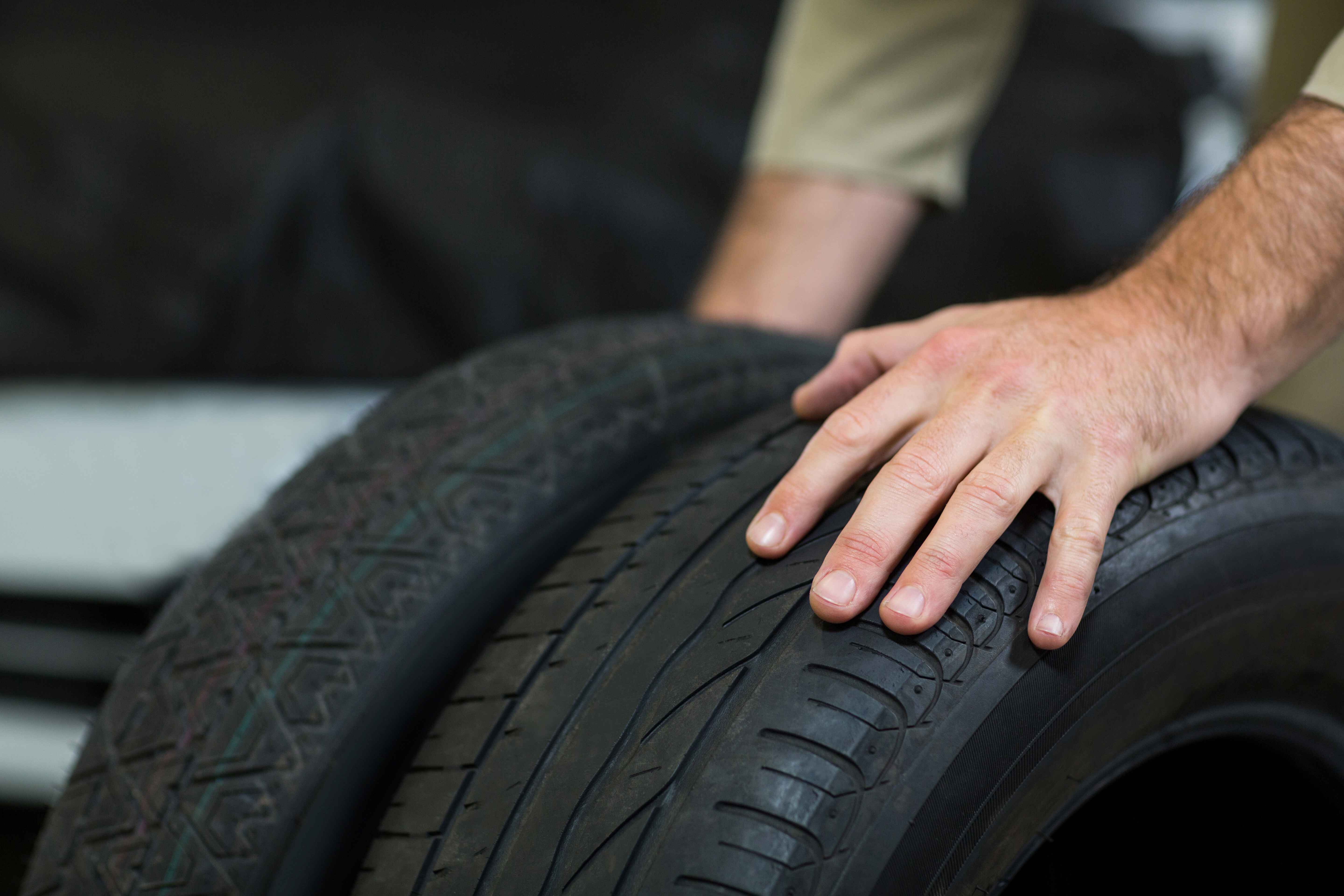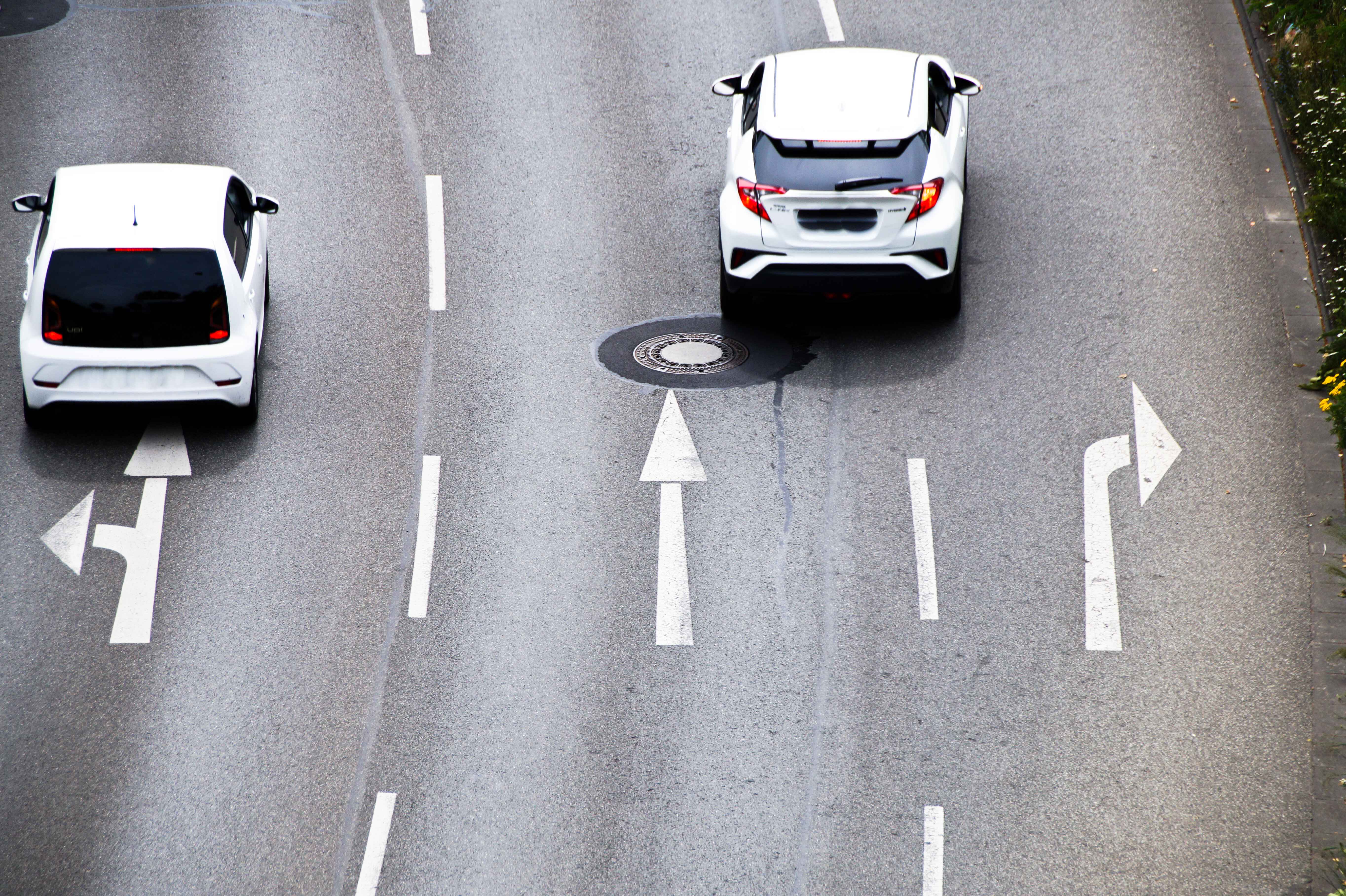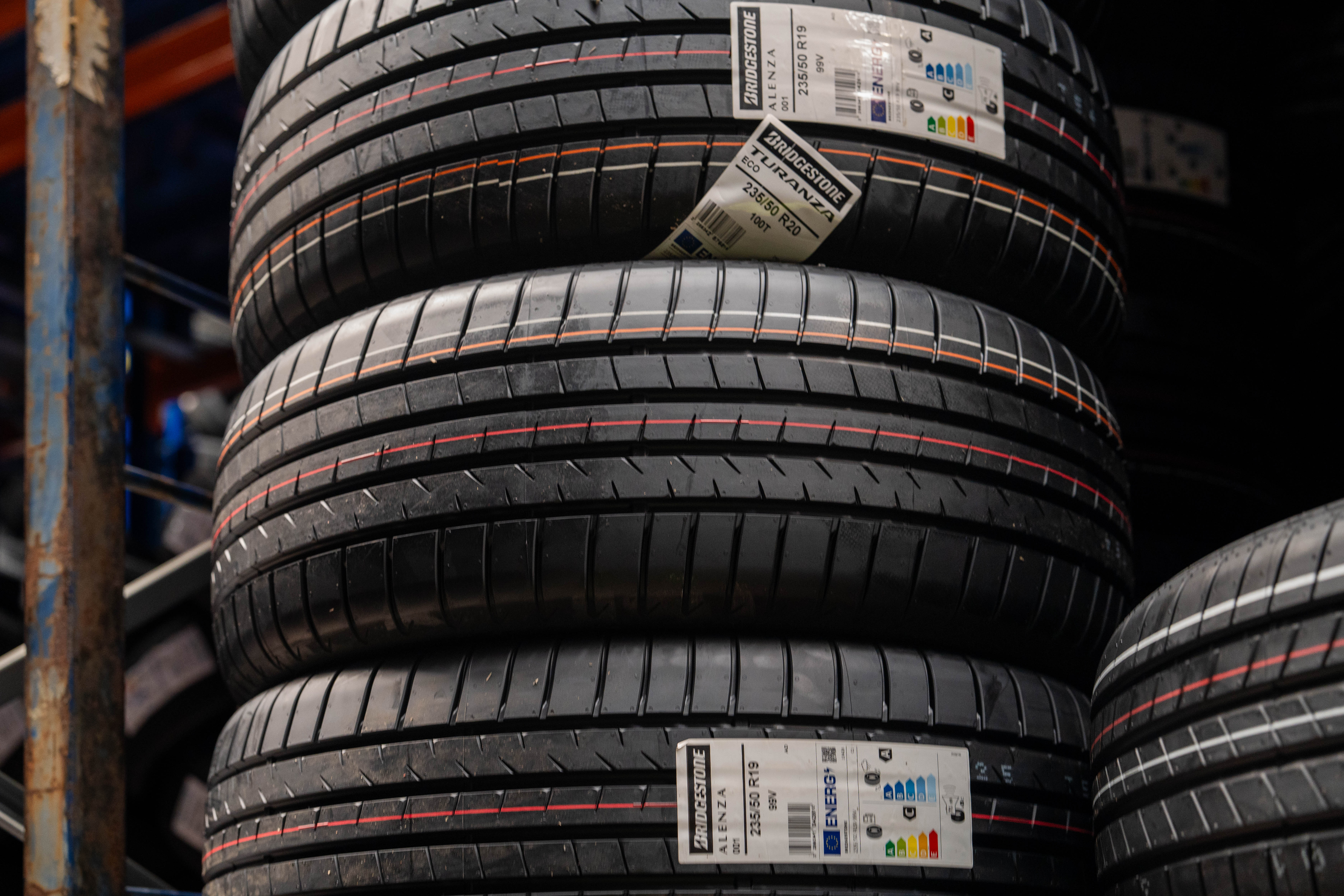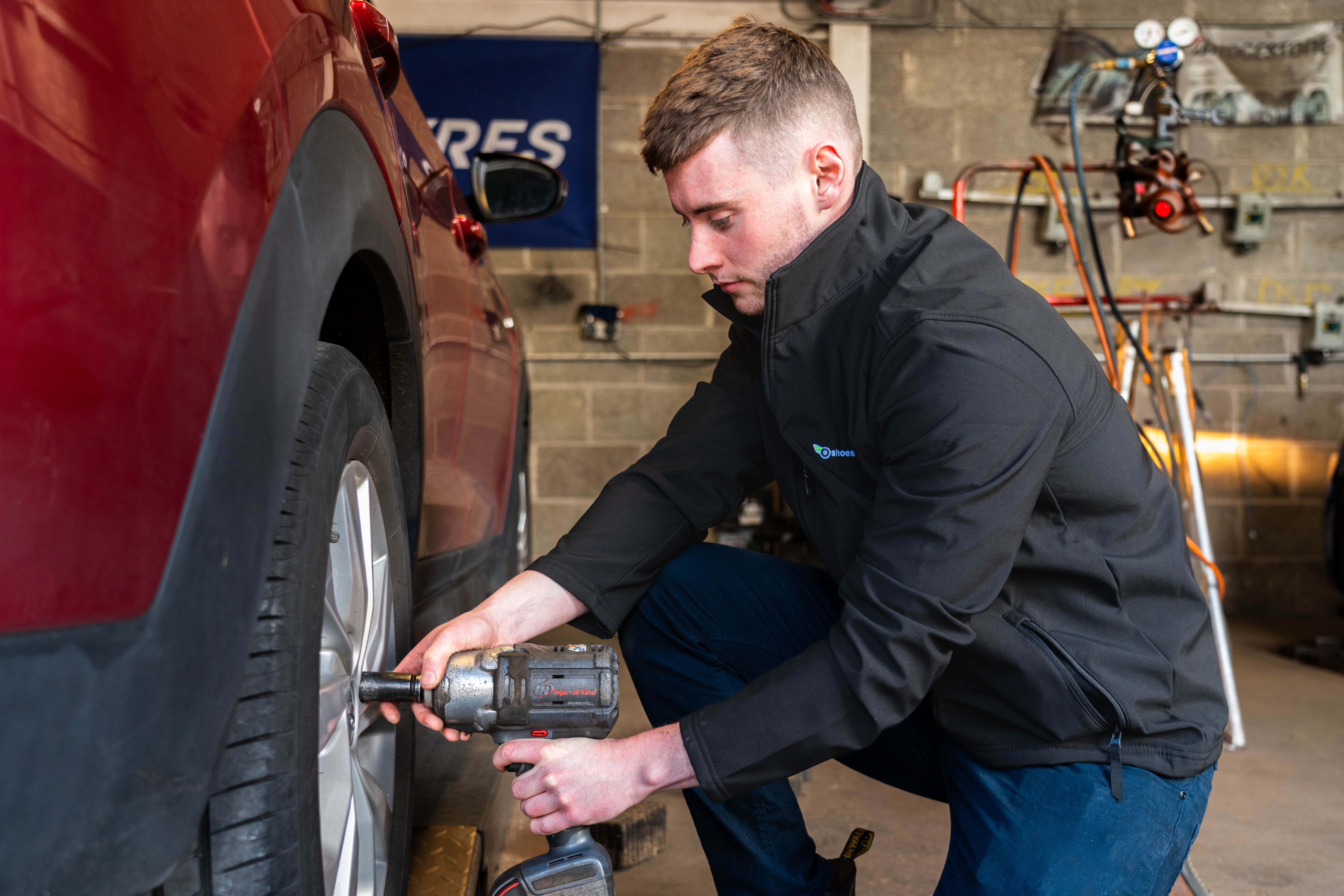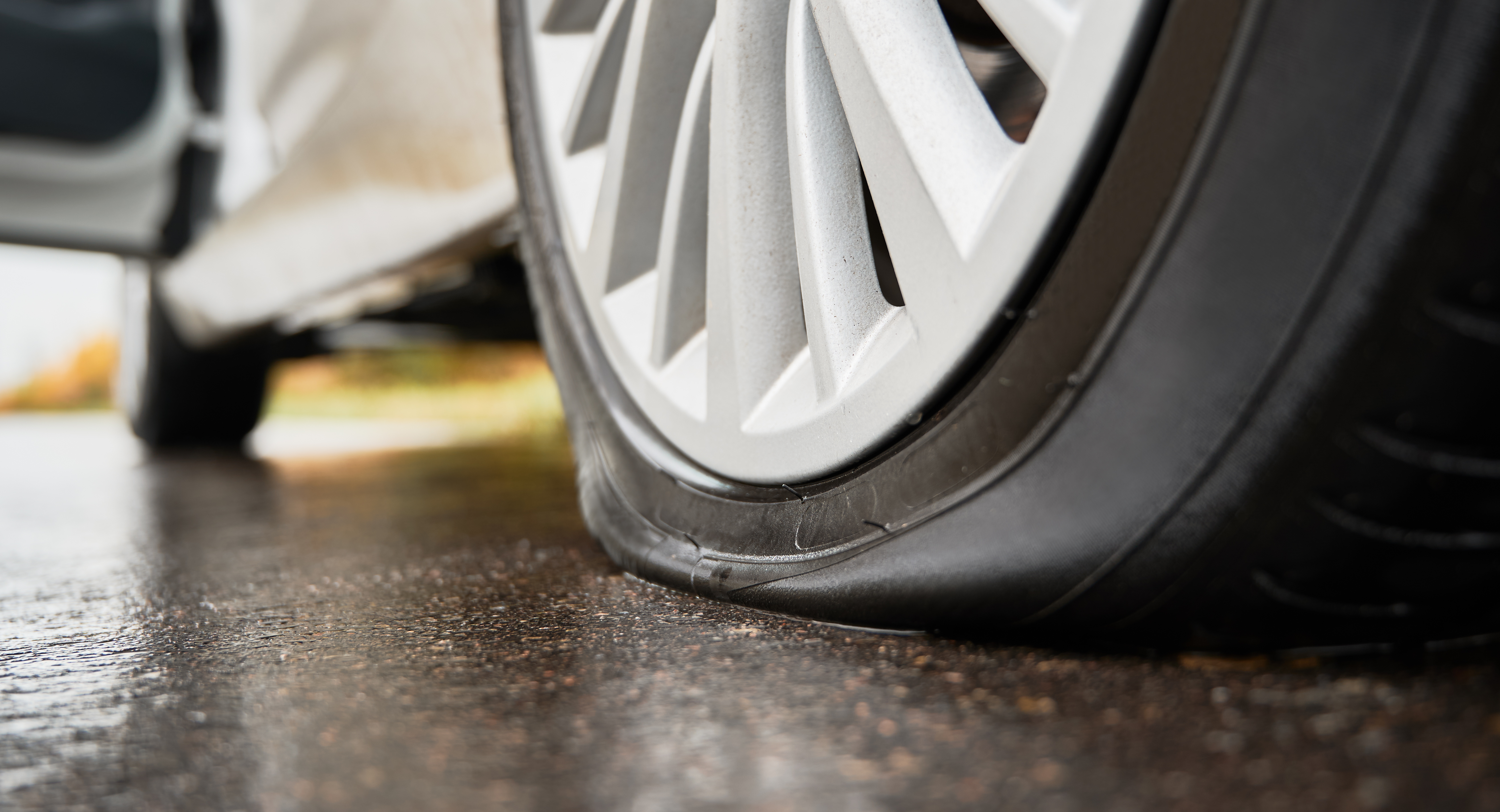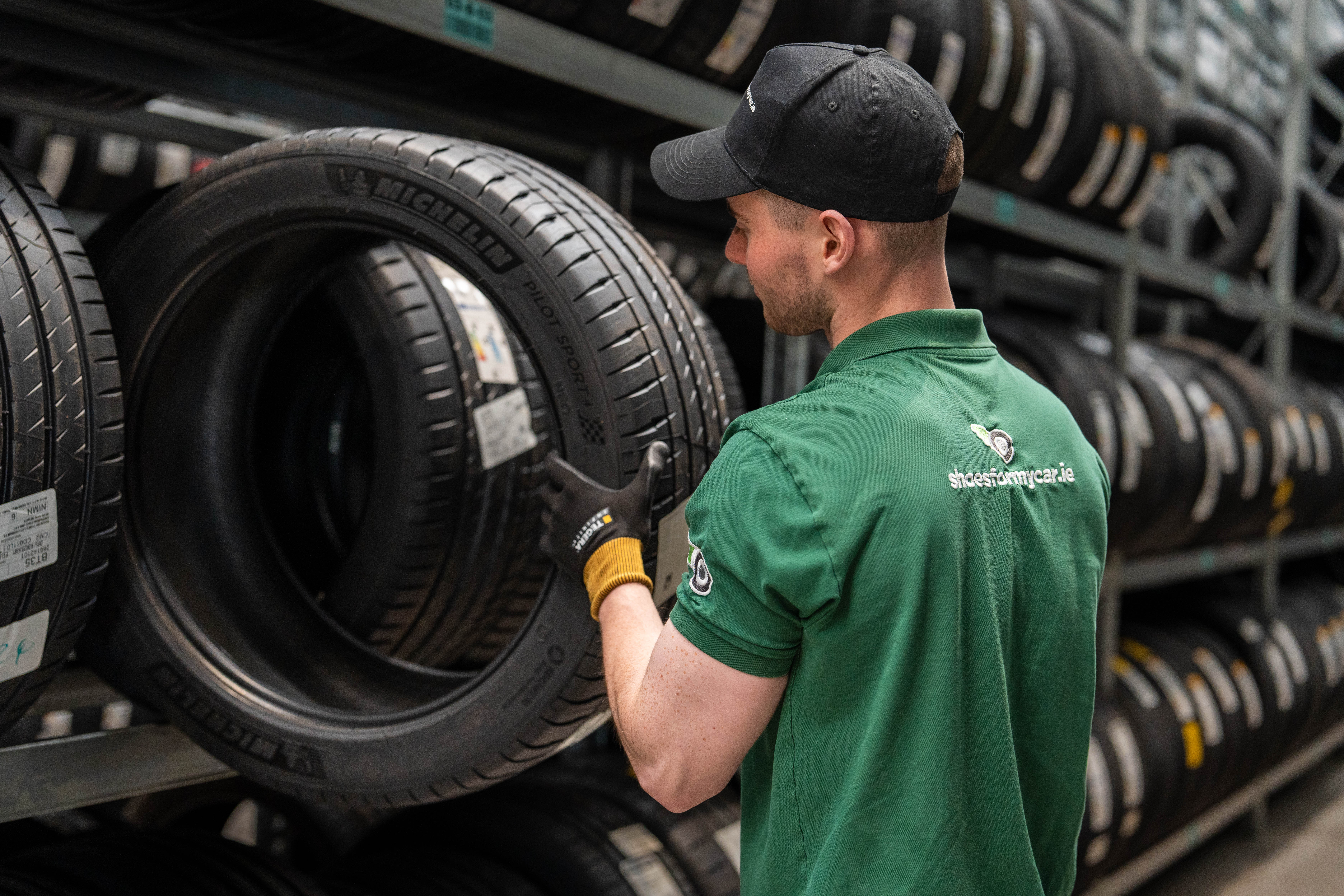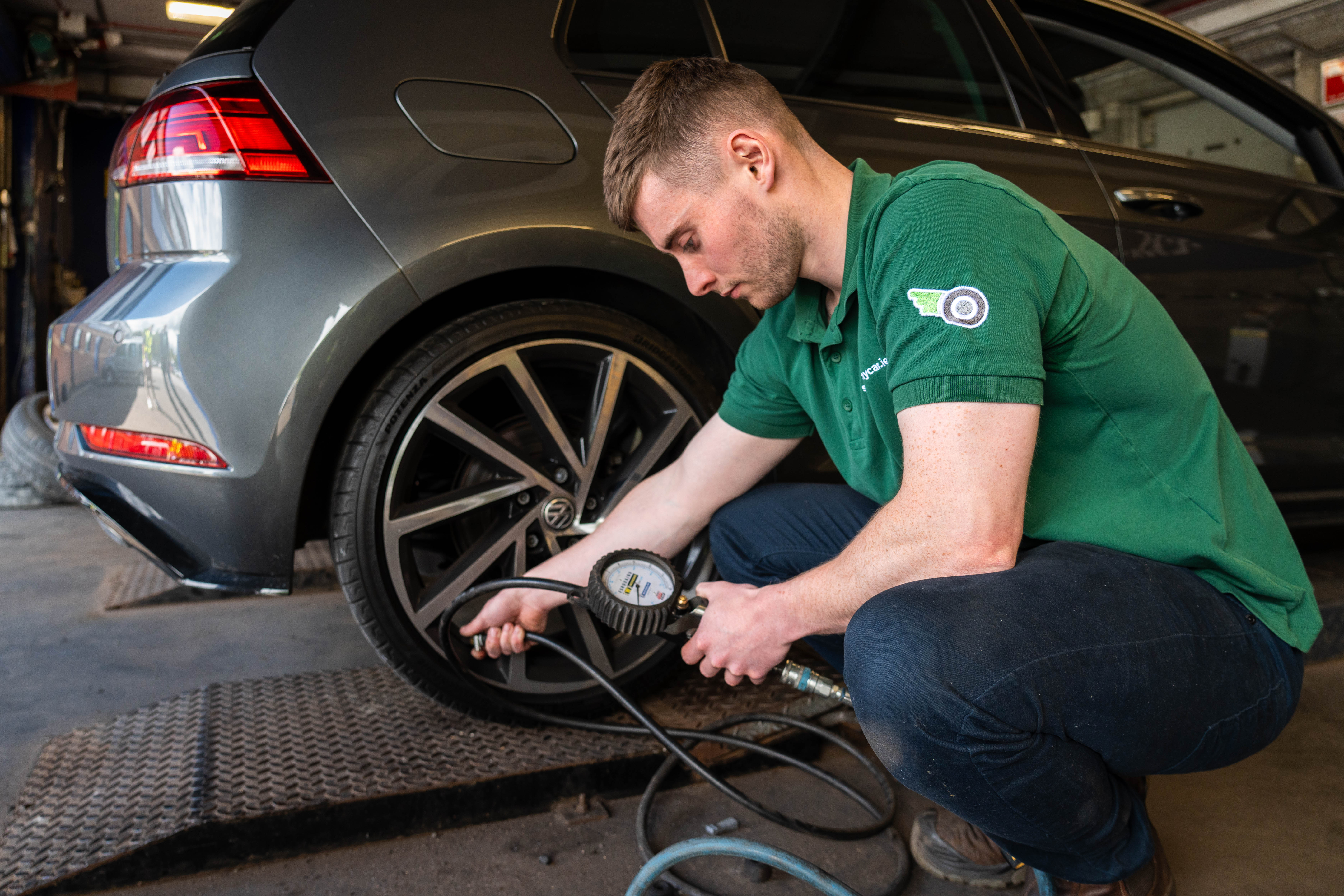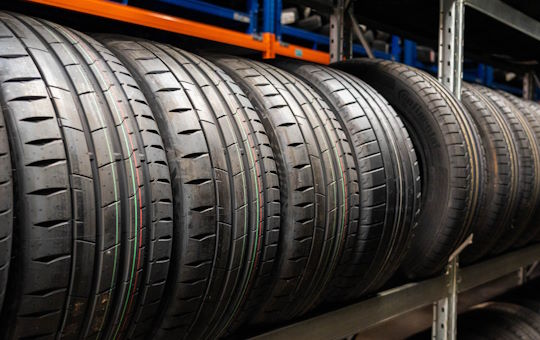Braking distance is a crucial factor in road safety. It’s the distance your vehicle travels after you apply the brakes until it comes to a complete stop. Various factors can affect this distance, with weather conditions being one of the most significant. In this post, we’ll break down how braking distances change in different weather conditions and how you can adjust your driving habits to stay safe.
Weather Conditions Can Impact Your Driving Performance
Weather plays a significant role in how your car handles on the road. Rain, snow, ice, and even heat can affect braking, steering, and overall vehicle control. Wet or icy roads, for example, can increase stopping distances, making it crucial to adjust your driving habits accordingly. Being mindful of how different weather conditions impact your car's performance will help you stay safer on the road, especially when combined with well-maintained tyres and proper driving techniques.
Braking Distances in Dry Weather
In dry conditions, braking distances tend to be shorter compared to other weather scenarios. This is because the friction between your tyres and the road surface is at its optimal level, allowing the vehicle to come to a stop more efficiently. However, it’s important to note that worn tyres or under-inflated tyres can reduce this friction, leading to longer stopping distances.
Tyres with good tread depth and proper inflation are essential in dry conditions. Even though the roads are clear, a tyre that’s in poor condition will increase your braking distance, putting you at greater risk of accidents. Make sure to check your tyres regularly to maintain grip and stop quickly when needed.
Braking Distances in Wet Weather
When it rains, the road surface becomes slick, and braking distances can increase significantly. Water on the road reduces the contact between your tyres and the surface, lowering the friction required for effective braking. This is where aquaplaning can come into play—when a layer of water builds up between the tyres and the road, causing the tyres to lose traction and leading to a loss of control.
To minimise the risk of longer braking distances in wet weather, ensure your tyres have sufficient tread depth. The tread helps channel water away from the tyres, reducing the risk of aquaplaning. Driving slower and maintaining a larger distance from other vehicles is also crucial in wet conditions, giving you more time to react.
Factors That Affect Wet Weather Braking
- Tyre Tread Depth: Shallow tread can increase the likelihood of aquaplaning.
- Speed: Higher speeds reduce the effectiveness of your brakes in wet conditions.
- Road Conditions: Potholes and debris can further reduce traction when roads are wet.
Braking Distances in Snow and Ice
Snow and ice present some of the most hazardous driving conditions. When driving in these conditions, the braking distance can increase dramatically, and tyres play a key role in maintaining control. Snow and ice reduce the amount of grip your tyres have on the road, making it more difficult to slow down or stop quickly.
Using winter tyres is highly recommended in snow and icy conditions. These tyres are designed to maintain better traction in cold temperatures, and their specialised tread patterns help grip slippery surfaces. However, regardless of your tyres, always reduce your speed and increase the gap between you and the vehicle ahead when driving in snow or ice.
Tips for Braking in Snow and Ice
- Reduce Speed: Lower speeds allow for safer braking in slippery conditions.
- Use Winter Tyres: These tyres are engineered for better performance on snow and ice.
- Increase Following Distance: This gives you more time to stop and reduces the risk of collisions.
Braking Distances in Fog
While fog doesn’t directly affect the traction of your tyres, it can significantly impact your ability to see the road, which can affect your reaction time and, ultimately, your braking distance. Reduced visibility means you might not see obstacles or stopped traffic in time, requiring longer distances to stop safely.
In foggy conditions, it’s essential to drive with your headlights on and to reduce your speed. Slow down, stay alert, and keep a greater distance between you and the car in front of you. Even with good visibility, fog can distort your perception of speed and distance, so driving cautiously is key to staying safe.
How to Drive Safely in Fog
- Use Low-Beam Headlights: High beams reflect off the fog, reducing visibility.
- Reduce Speed: Slower speeds allow you to stop with more control in limited visibility.
- Increase Following Distance: Give yourself more room to react if something unexpected happens.
Stay Safe on the Road: Shop for Quality Tyres at Shoes For My Car
Braking distances can vary significantly depending on weather conditions, and maintaining good-quality tyres with proper tread depth is essential in ensuring your safety, especially in wet, snowy, or icy weather. Reducing your speed and keeping a safe distance from other vehicles can also help minimise the risk of accidents. For quick, convenient service and a wide range of high-quality tyres at great prices, shop online at Shoes For My Car today!

